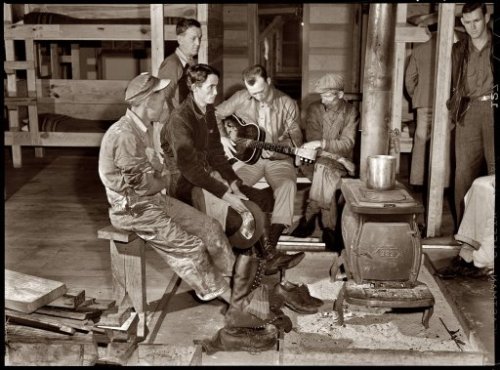In 2017 the University of Oklahoma Press launched the series American popular music to explore the evolution of folk, blues, gospel, country, rock, jazz, and soul by looking at the ways music relates to the land and people. The primary focus is on music identified with Oklahoma, Texas, and surrounding regions, following regional influences to the farthest extent of their reach.
Of particular interest are individual artists and how they express their ties to land and people uniquely and collectively. This series therefore considers the role that music plays in the lives of artists and the communities that identify with them, and demonstrates how the business of music has shaped their careers and legacies.
The inaugural volume, Sing me back home: Southern roots and country music by Bill C. Malone, presents the story of the author’s working-class upbringing in rural East Texas, recounting how in 1939 his family’s first radio, a battery-powered Philco, introduced him to hillbilly music and how, years later, he went on to become a scholar on the subject before the field formally existed. The book draws on a hundred years of southern roots music history, exploring the intricate relationships between black and white music styles, gospel and secular traditions, and pop, folk, and country music.
Below, Joe Thompson, one of the musicians discussed in the book.










